Berseem (Trifolium alexandrinum) is a fast-growing, high-quality forage crop from the legume family. It is mainly cut and fed as green chopped forage to livestock, especially dairy animals. It has a high protein content (18-20%) and a high digestibility (65-70%). Berseem is widely grown in India, especially in Punjab, Haryana, Uttar Pradesh, Bihar and Gujarat.
It can be grown in areas with irrigation facilities and moderate temperatures (15-35°C). It can also tolerate waterlogging and salinity to some extent. To make high-quality silage, Berseem can be sown alone or in combination with other crops, such as ryegrass or oats. It also improves the soil fertility by fixing atmospheric nitrogen and adding organic matter.
Berseem is also known as the king of fodder for its high yield potential and nutritional value. This blog post will discuss the climate and soil requirements, varieties, seed selection and sowing techniques, land preparation and planting methods, irrigation and water management, and nutrient management and fertilization for berseem forage cultivation.
Berseem Forage Cultivation
Climate and Soil Requirements for Berseem Forage Cultivation
Berseem is a winter crop that grows well in areas with winters and long growing seasons. It can tolerate light frosts but not severe cold or snow. The optimum temperature range for germination is 25-30°C, and flowering is 35°C. Berseem requires 550-750 mm of rainfall during its growth period.
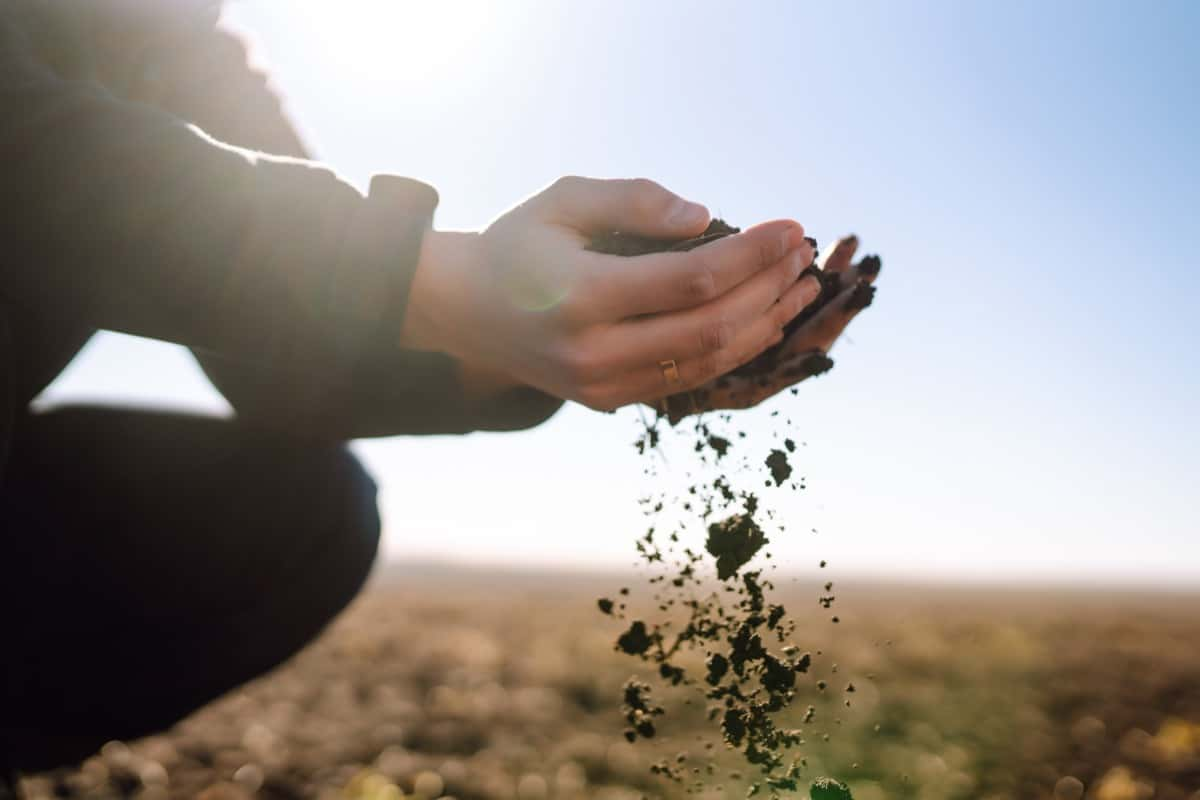
Berseem can grow on a wide range of soils but prefers medium to heavy soils with good drainage and water-holding capacity. Clay soils that retain water for longer are excellent for berseem cultivation. Berseem can also grow on sandy loam soils with frequent irrigation. Berseem does not tolerate waterlogging, salinity, or alkalinity. The optimum soil pH range for berseem is 6.5-8.5.
Varieties of Berseem Forage Suitable for Livestock Farming
Berseem cultivation in India varies depending on the region, climate, and purpose. Popular varieties include BL 1, BL 10, BL 42, BL 43, BL 44, BL 44, BL 1 (Mescavi), BL 2 (Bundel Berseem-2), BL 3 (Bundel Berseem-3), and BL 4 (Wardan). BL 1 is a quick-growing medium-duration variety that yields about 380 quintals of green fodder per acre. BL 10 has a longer growing season and provides green feed until mid-June, with a tiny seed and moderate resistance to stem rot.
- BL 42 is a fast-growing variety that produces more tillers per unit area and is resistant to stem rot. BL 43 is tall and fast-growing, providing about 390 quintals of green feed per acre and high seed yields. BL 44 is quick and has many tillers, with moderate resistance to stem rot and exceptional nutritional quality.
- Mescavi is an introduction from Egypt recommended for cultivation in all berseem-growing regions of India, especially Punjab, Haryana, and Himachal Pradesh. It has shrubby and erect plants that grow up to 45-75 cm tall with profuse tillers.
- BL 2 is an indigenous variety with erect plants that grow up to 55-60 cm tall, with white flowers. BL 3 is a tetraploid variety with plants grow up to 50 cm in height with fast growth and high regeneration potential. Lastly, BL 4 is a selection from an accession with fast growth and early flowering, yielding about 300 quintals of green fodder per acre.
Seed Selection and Sowing Techniques for Berseem Forage
Berseem is propagated by seeds sown in early autumn (September-October). The seeds should be free from weeds, diseases, and pests and have a good germination percentage (80% or more). The seeds should be treated with Rhizobium culture to enhance nitrogen fixation. The seed rate for berseem is 20-25 kg per acre. Conventional seedbed and direct drilling are two methods of sowing seeds. In a conventional seedbed, the seeds are sown on a well-prepared seedbed with good moisture, while in direct drilling, the seeds are sown directly in the field using a seed drill or dibbler.
Mixed cropping is another technique where berseem can be sown alone or with other species, like grass or winter cereal, to make high-quality silage. The seeds of berseem and the companion crop are mixed and sown together using either the conventional seedbed or direct drilling method. The recommended seed rate for mixed cropping is 15 kg of berseem and 30 kg of ryegrass or oats per acre.
Land Preparation and Planting Methods for Berseem Forage
The land for berseem cultivation should be prepared well in advance to ensure good soil fertility and weed control. The land should be plowed 2-3 times to break clods and bring the soil fine tilth. The land should be leveled and harrowed to remove weeds and stones. Before sowing, the land should be fertilized with organic manure (10-15 tonnes of farmyard manure or compost per acre) and chemical fertilizers (40 kg of nitrogen, 40 kg of phosphorus, and 20 kg of potassium per acre).
In case you missed it: Best Fertilizer for Forage/Fodder Crops: Mnaures, NPK, Management, and Schedule
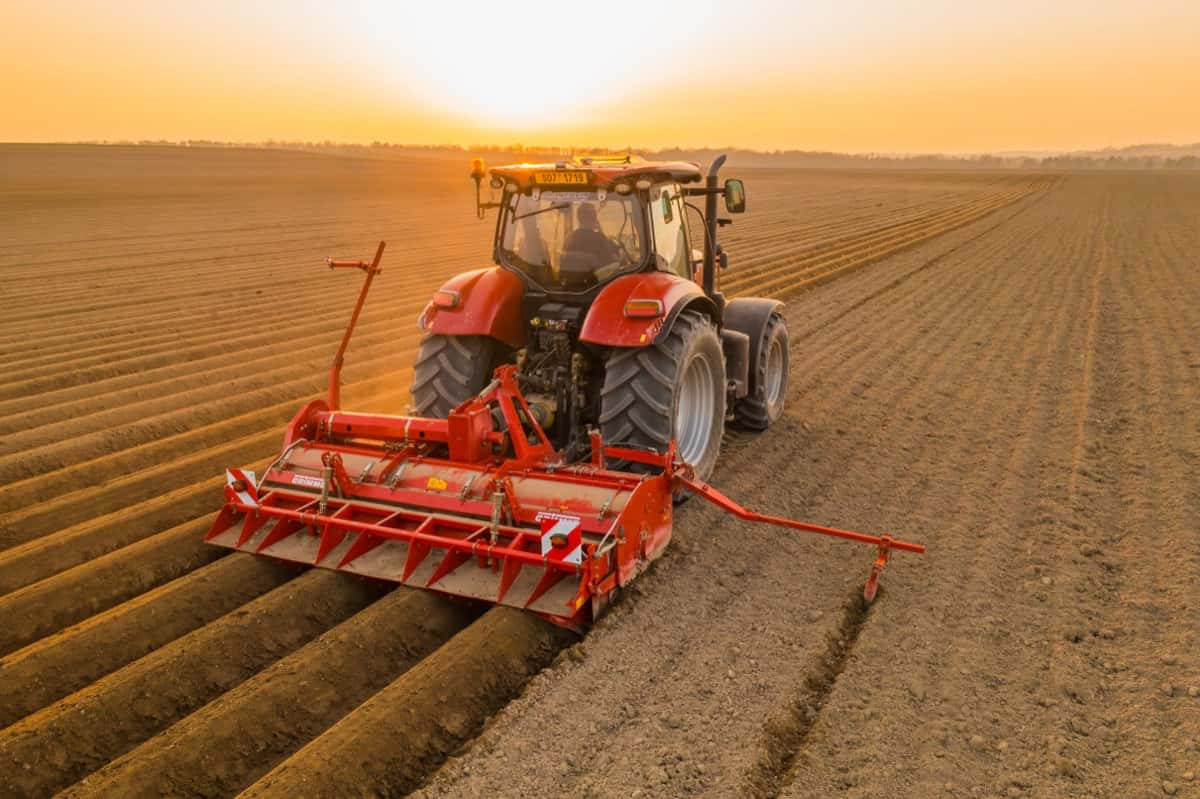
The planting methods for berseem depend on the sowing method used. The seeds are sown on flatbeds or raised beds of 1-1.5 m width and 15-20 cm height for conventional seedbeds. The seeds are sown in rows or furrows at 2-3 cm depth and placed 15-20 cm apart for direct drilling. For mixed cropping, the seeds of berseem and the companion crop are sown together in rows or furrows at 2-3 cm depth and spaced 15-20 cm apart.
Irrigation and Water Management in Berseem Forage Cultivation
Berseem requires adequate and timely irrigation for optimum growth and yield. The irrigation frequency and amount depend on the soil type, climate, and growth stage. Generally, berseem requires 8-10 irrigations during its growth period. The first irrigation should be given immediately after sowing to ensure germination.
The subsequent irrigations should be given at 10-15 days, depending on the soil moisture and weather conditions. The irrigation water should be applied uniformly to avoid waterlogging or flooding. The irrigation water should be free from salts or contaminants affecting crop quality or animal health.
Nutrient Management and Fertilization for Berseem Forage
Berseem is a leguminous crop that can fix atmospheric nitrogen through symbiotic association with Rhizobium bacteria. However, it also requires additional nutrients for its growth and development. The nutrient requirement and fertilization for berseem depend on the soil fertility, crop variety, and yield goal. Generally, berseem requires 80-100 kg of nitrogen, 40-60 kg of phosphorus, and 20-40 kg of potassium per acre during its growth period.
The nitrogen fertilizer should be applied in two splits: half before sowing and half after the first cutting. The phosphorus, potassium fertilizers, and organic manure should be applied as basal doses before sowing. The fertilizers should be applied uniformly and incorporated into the soil by plowing or harrowing. The fertilizers should be applied near the root zone, avoiding contact with the foliage or seeds.
In case you missed it: Moringa as Feed for Livestock: Moringa Fodder Crop Yield Per Acre
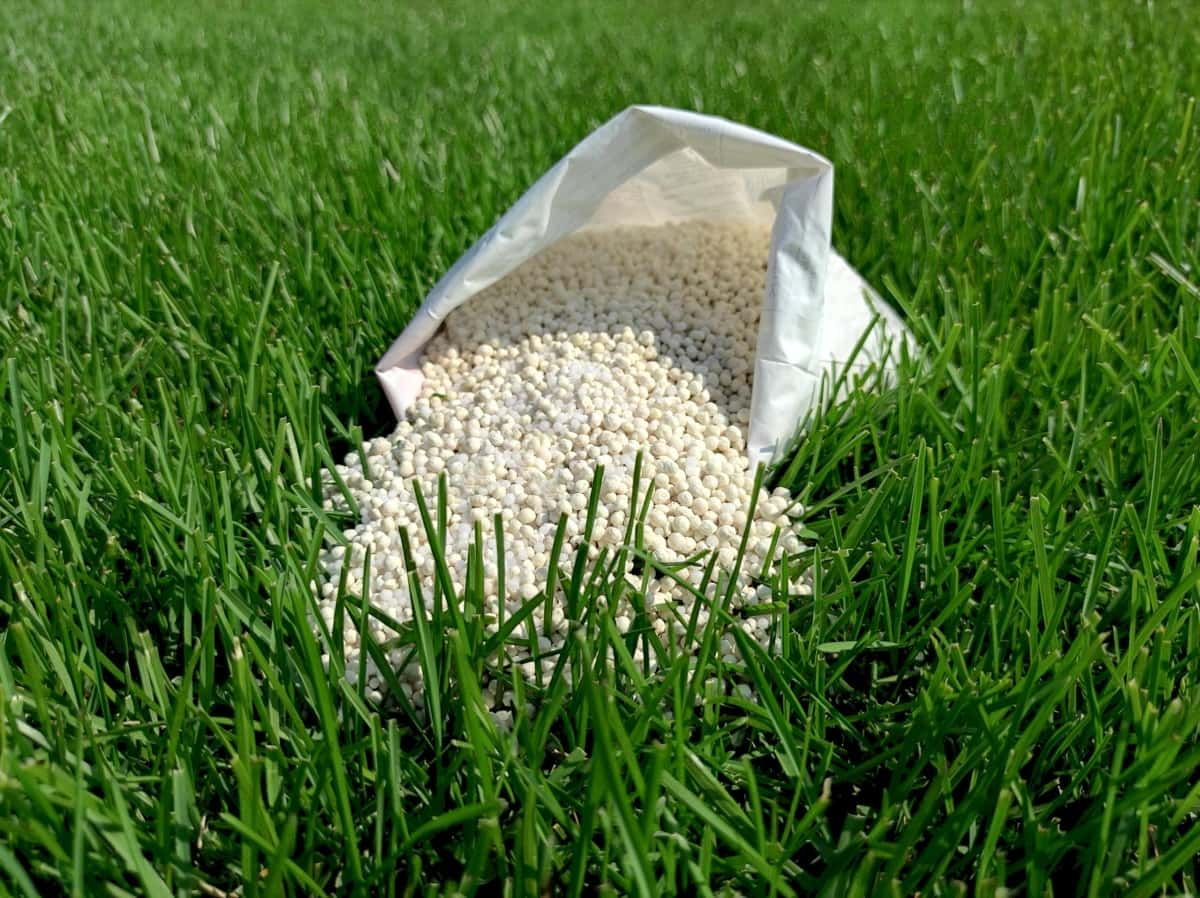
Berseem can also benefit from foliar application of micronutrients such as zinc, boron, iron, manganese, copper, and molybdenum, especially in soils deficient in these elements. The micronutrients can be applied as chelated forms or soluble salts along with water or urea solution. The foliar application should be done after each cutting or at an interval of 15-20 days. Berseem is a high-quality forage crop that can provide nutritious feed for livestock throughout the winter season. It can also improve soil fertility by fixing nitrogen and adding organic matter.
Weed Control Strategies in Berseem Forage Farms
- Weed control is essential for berseem cultivation as weeds compete with the crop nutrients, water, light, and space.
- They also reduce the quality and quantity of the forage.
- Weed control can be achieved using cultural, mechanical, and chemical methods.- Cultural methods include selecting clean seeds, preparing a fine seedbed, sowing at optimum time and density, applying adequate fertilizers and irrigation, and intercropping with other crops.
- Mechanical methods include hoeing, weeding, mulching, and mowing.
- Mulching with straw or crop residues can suppress weed growth and conserve soil moisture.
- Mowing can reduce weed seed production and encourage tillering of the crop.
- Chemical methods include using selective herbicides that kill weeds without harming the crop.
In case you missed it: 15 Best Chaff Cutter Machines in India: For Dry, Green Fodder Cutting, and Price List Included
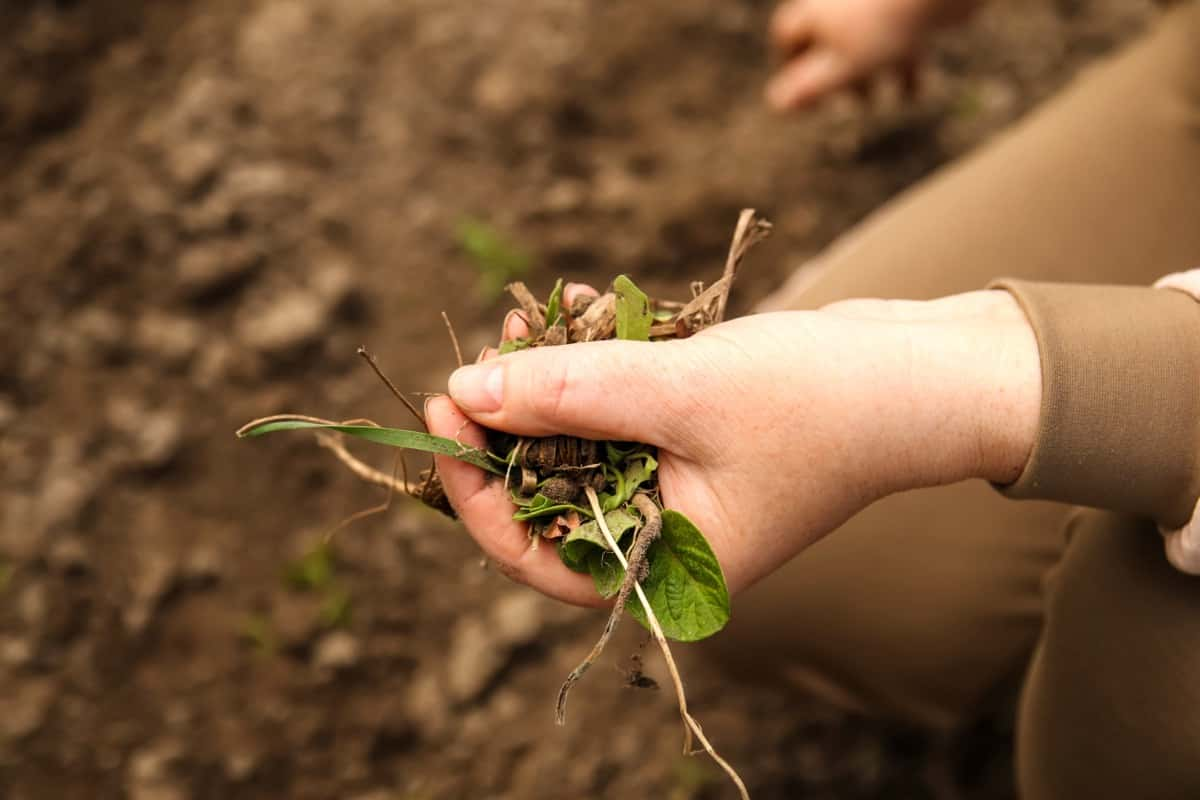
Pest and Disease Management in Berseem Forage Cultivation
- Berseem plants are susceptible to various pests and diseases that can significantly impact their yield and quality. These include aphids, cutworms, stem borer, root rot, stem rot, and downy mildew. Aphids are small sucking insects that cause yellowing, curling, and wilting of leaves and transmit viral diseases. Cutworms cause patchy damage in the field and reduce stand density.
- A stem borer is a moth larva that bores into the plant’s stem, causing wilting, drying, and reduced fodder quality.
- Root rot disease that causes decay of the roots and lower stems, resulting in stunted growth, yellowing, and wilting of leaves. Controls include using resistant varieties, treating seeds with fungicides, avoiding waterlogging, and applying organic manures.
- Stem rot causes the stem and branches to rot, leading to blackening, softening, and collapse. Controls include using resistant varieties, rotating crops with non-host plants, removing infected plants, and applying fungicides.
- Downy mildew is a disease that causes white growth on the lower surface of leaves, reducing photosynthesis, growth, and yield. Controls include using resistant varieties, avoiding excess moisture, and applying fungicides.
Harvesting Techniques and Timing for Berseem Forage
Berseem forage can be harvested for green fodder, hay, or silage. Green fodder is harvested when the plant reaches 50-60 cm in height or when 50% flowering. The crop should be cut 5-10 cm above the ground level to allow regrowth. It should be fed to animals within 24 hours or stored in a cool, shaded place. Hay is harvested when the crop is in full bloom or when seed pods start forming.
The crop should be cut at the ground level and spread thinly for sun drying. The hay should have a moisture content of 15-20% before baling or stacking and be stored in a dry, ventilated place from direct sunlight and rain. Hay is harvested when the crop is in early bloom or when the seed pods are half-formed. The crop should be cut at the ground level and chopped into small pieces, packed tightly in a pit, trench, silo, or plastic bag, covered with soil, straw, or plastic sheet. The hay should have a moisture content of 65-70% and a pH of 4-5.
Post-Harvest Handling and Storage of Berseem Forage
Post-harvest handling and storage of berseem forage are crucial to maintain its quality and prevent losses due to spoilage, pests, and diseases. Green fodder should be handled carefully to prevent contamination and bruising and transported in clean, covered vehicles. It should be fed to animals immediately or stored in a cool, shaded area for at least 24 hours.
In case you missed it: Why You Should Consider These 20 Best Dairy Cattle Breeds for Your Farm: Top Profitable Milk Cow Breeds
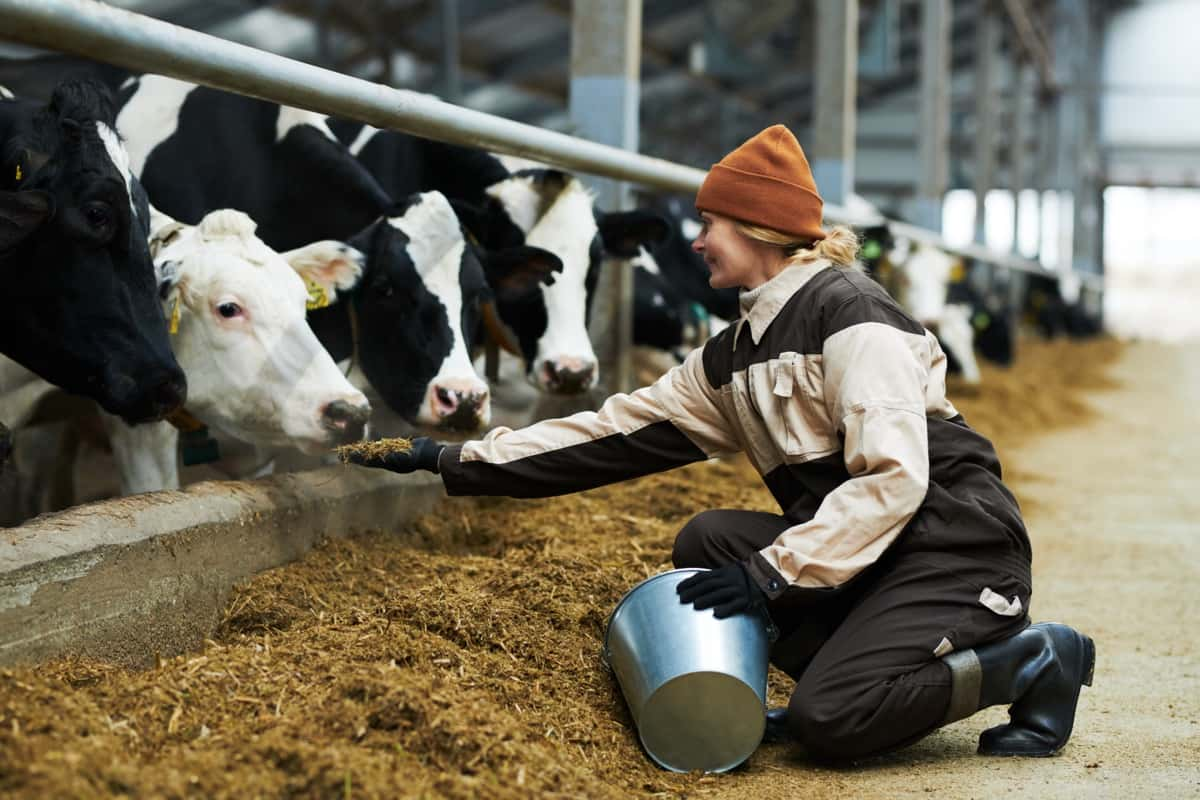
Hay should be handled gently to prevent damage and moisture absorption and stored in a dry, ventilated area away from direct sunlight, rain, fire, and rodents. Regular checks for spoilage, pests, and diseases are necessary. Hay should be handled hygienically to prevent contamination and spoilage, transported in sealed containers or bags, and stored in a cool, dark place. It should be opened carefully to prevent spoilage and fed to animals within 2-3 days after opening.
Utilization of Berseem Forage as Livestock Feed
- Berseem forage is an excellent feed for livestock, especially dairy animals.
- It has a high nutritional value, palatability, and digestibility.
- It can improve milk production, quality, animal health, and fertility.
- It can also reduce feed costs, methane emissions, and environmental pollution.
- Berseem forage can be fed to livestock as green fodder, hay, or silage.- Green fodder: Green fodder is the most preferred form of feeding berseem forage to livestock.
- It provides fresh, succulent, and nutritious feed to the animals.
- It can meet up to 70% of the daily nutrient requirements of dairy animals.
- Green fodder can be fed ad libitum or at 40-50 kg per animal daily. –
- Hay: Hay is the dried form of berseem forage that can be fed to livestock during scarcity of green fodder or long-distance transportation.
- It provides roughage, energy, and protein to the animals.
- It can meet up to 50% of the daily nutrient requirements of dairy animals.
- Silage is the fermented form of berseem forage that can be fed to livestock during winter or drought when green fodder is unavailable or during peak lactation periods when green fodder is insufficient.
- It provides succulent, acidic, and nutritious feed to the animals.
- It can meet up to 60% of the daily nutrient requirements of dairy animals.
Economic Viability and Benefits of Berseem Forage Farming
Berseem also improves soil fertility by fixing nitrogen and reducing weed growth. Berseem forage farming can generate high net income for farmers, especially when using improved varieties of berseem developed by plant breeders. These varieties have higher yield potential, better tolerance to biotic and abiotic stresses, and higher seed production. Berseem forage farming is, therefore, an economically viable and beneficial option for farmers in developing countries.
In case you missed it: A Guide to Understand Livestock Feeding: Check How this Guide Helps Livestock Farmers
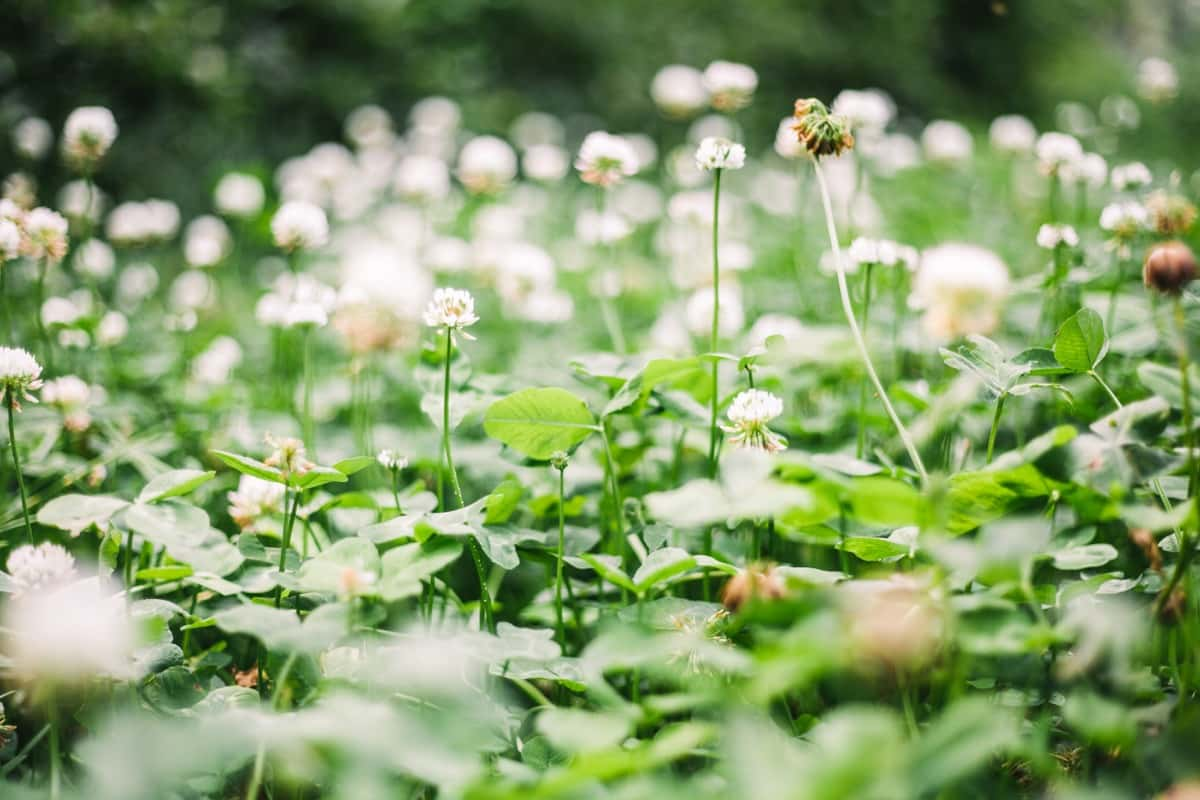
Conclusion
Berseem forage cultivation stands out as an exemplary choice for livestock feeding. Its nutritional richness and adaptability make it a cornerstone in ensuring sustained animal well-being. Embracing scientific principles in farming, Berseem emerges as a key player in fostering resilient and thriving livestock, marking a significant stride in fodder cultivation.
- Types of Pesticides Used in Agriculture: A Beginner’s Guide
- Economical Aquaculture: A Guide to Low-Budget Fish Farming
- 15 Common Planting Errors That Can Doom Your Fruit Trees
- How to Make Houseplants Bushy: Effective Tips and Ideas
- Innovative Strategies for Boosting Coconut Pollination and Yield
- Pollination Strategies for Maximum Pumpkin Yield
- The Complete Guide to Chicken Fattening: Strategies for Maximum Growth
- Natural Solutions for Tulip Problems: 100% Effective Remedies for Leaf and Bulb-Related Issues
- Revolutionizing Citrus Preservation: Towards a Healthier, Greener Future
- Natural Solutions for Peony Leaf and Flower Problems: 100% Effective Remedies
- Maximizing Profits with Avocado Contract Farming in India: A Comprehensive Guide
- Natural Solutions for Hydrangea Problems: 100% Effective Remedies for Leaf and Flowers
- The Ultimate Guide to Choosing the Perfect Foliage Friend: Bringing Life Indoors
- From Sunlight to Sustainability: 15 Ways to Use Solar Technology in Agriculture
- The Ultimate Guide to Dong Tao Chicken: Exploring from History to Raising
- The Eco-Friendly Makeover: How to Convert Your Unused Swimming Pool into a Fish Pond
- Mastering the Art of Delaware Chicken Farming: Essentials for Healthy Backyard Flocks
- 20 Best Homemade Fertilizers for Money Plant: DIY Recipes and Application Methods
- How to Craft a Comprehensive Free-Range Chicken Farming Business Plan
- Brighten Your Flock: Raising Easter Egger Chickens for Beauty and Bounty
- How to Optimize Your Poultry Egg Farm Business Plan with These Strategies
- Subsidy for Spirulina Cultivation: How Indian Government Schemes Encouraging Spirulina Farmers
- Ultimate Guide to Raising Dominique Chickens: Breeding, Feeding, Egg-Production, and Care
- Mastering the Art of Raising Jersey Giant Chickens: Care, Feeding, and More
- Ultimate Guide to Raising Legbar Chickens: Breeding, Farming Practices, Diet, Egg-Production
- How to Raise Welsummer Chickens: A Comprehensive Guide for Beginners
- How to Protect Indoor Plants in Winter: A Comprehensive Guide
- Ultimate Guide to Grow Bag Gardening: Tips, Tricks, and Planting Ideas for Urban Gardeners
- Guide to Lotus Cultivation: How to Propagate, Plant, Grow, Care, Cost, and Profit
- Agriculture Drone Subsidy Scheme: Government Kisan Subsidy, License, and How to Apply Online
- Ultimate Guide to Raising Araucana Chickens: Breed Profile, Farming Economics, Diet, and Care
- Bringing Hydroponics to Classroom: Importance, Benefits of Learning for School Students
- Ultimate Guide to Raising Polish Chickens: Breed Profile, Farming Economics, Diet, and Care
- Ultimate Guide to Raising Australorp Chickens: Profile, Farming Economics, Egg Production, Diet, and Care
- Silkie Chicken Farming: Raising Practices, Varieties, Egg Production, Diet, and Care
- Sussex Chicken Farming: Raising Practices, Varieties, Egg Production, Diet and Care